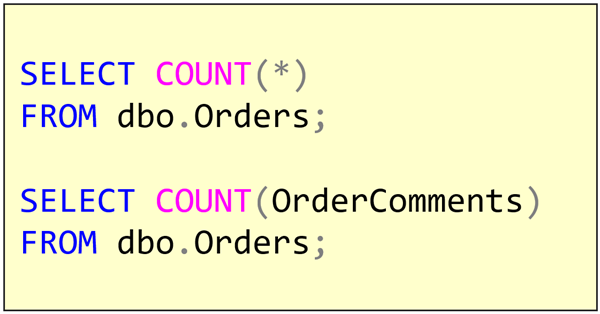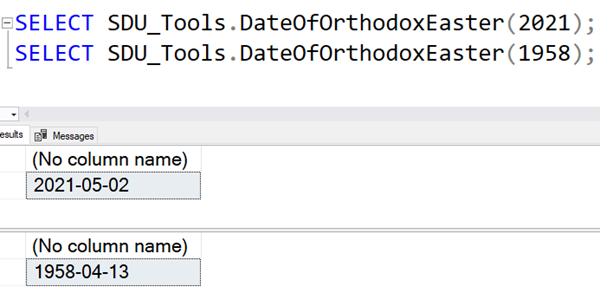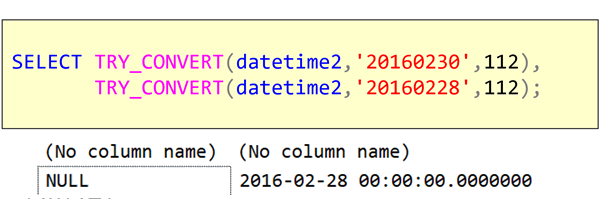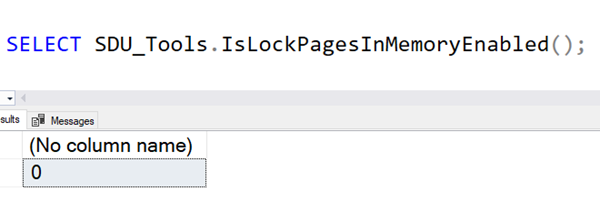
Book Review: Reprogramming the American Dream
I’ve mentioned before that I have a deep interest in artificial intelligence and how it will change the world. In particular, I’m interested in the effects on jobs. So I was pleased to get to listen to another book covering this recently. It was Kevin Scott (from Microsoft)’s Reprogramming the American Dream: From Rural America to Silicon Valley - Making AI Serve Us All.
Kevin is Microsoft’s Chief Technology Officer, so I’ve come across him before. Prior to Microsoft, he was a senior vice president at LinkedIn and came across to Microsoft as part of the LinkedIn purchase.
2021-02-17









